Friedrich Wilhelm Heinrich Alexander von Humboldt was a Prussian polymath, geographer, naturalist, explorer and influential proponent of Romantic philosophy and science. He was the younger brother of the Prussian minister, philosopher, and linguist Wilhelm von Humboldt. Take a look below for 30 more fun and interesting facts about Alexander von Humboldt.
1. Humboldt’s quantitative work on botanical geography laid the foundation for the field of biogeography.
2. His advocacy of long-term systematic geophysical measurement laid the foundation for modern geomagnetic and meteorological monitoring.
3. Between 1799 and 1804, Humboldt traveled extensively in Latin America, exploring and describing it for the first time from a modern scientific point of view.
4. His description of the journey was written up and published in an massive set of volumes over 21 years.
5. Humboldt was one of the first people to propose that the lands bordering the Atlantic Ocean were once joined, South America and Africa in particular.
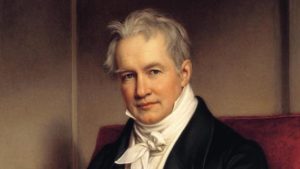
6. Humboldt resurrected the use of the word “cosmos” from the ancient Greek and assigned it to his multi-volume treatise, Kosmos, in which he sought to unify diverse branches of scientific knowledge and culture.
7. He was the first person to describe the phenomenon and cause of human-induced climate change, in 1800 and again in 1831, based on observations generated during his travels.
8. Humboldt was born in Berlin to a fairly wealthy and politically well-connected family.
9. His family connections and wealth ensured that Humboldt received a quality education and was given leave to study a wide variety of subjects despite losing his father at an early age.
10. Rejecting his original studies that would have propelled him in politics, Humboldt pursued scientific study from a wide variety of renowned teachers.
11. A chance meeting with someone who had accompanied Captain Cook on his expeditions led Humboldt to decide to pursue scientific exploration in far-reaching locations.
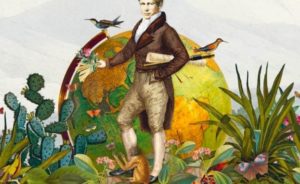
12. After the cancellation of Captain Nicolas Baudin’s attempt at circumnavigating the globe, Humboldt traveled with another botanist to the Spanish Americas with the support of the Spanish king.
13. Humboldt’s work on his four month expedition led him all throughout South America, during which time he discovered different species of birds, located the bifurcation of the Amazon and Orinoco Rivers, discovered the Casiquiare canal between those two rivers, and met a number of indigenous tribes, all of which he documented.
14. He traveled to Cuba for further study, and concluded in the United States.
15. Trough his vast work on discovering, documenting and cataloging natural species and features, Humboldt was the first to propose what would later become the Pangaea theory, at least as it pertained to the Atlantic continents.
16. His lengthy expedition became the framework for the studies of geography and meteorology.
17. His work became the foundation for understanding isothermal regions of the planet.
18. Humboldt’s body of work was collected and published in a 21 volume set, encompassing a wide variety of science topics and examples.
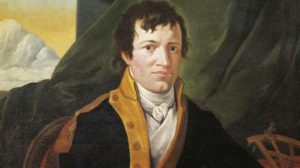
19. Humboldt was one of the first people to propose that there was a unity and interconnection between the different fields of science, all of it being related through nature.
20. Until that time, the different fields were mostly isolated in their studies, often of the same phenomenon.
21. When his mother died, the money she inherited from her first husband would contribute to around 70% of Humboldt’s personal income.
22. His inheritance allowed him to fund his own explorations and expeditions.
23. In his youth, he was often found to be collecting and labeling insects, shells and plants. By the time he was attending Gottingen, his interests in that area were already firmly embedded.
24. Having traveled to England, he was introduced to Sir Joseph Banks, who was the President of the Royal Society. The two became firm friends until Banks died in 1820.
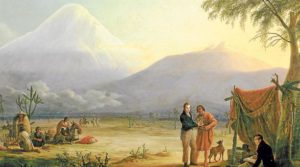
25. In February, 1782, he was appointed Mines Inspector by the Prussian government.
26. By 1792, having fulfilled his government duties to such an extent that he not only rose through the ranks to the most senior position but he was also trusted with various significant diplomatic missions.
27. In 1796, his mother died. Neither of her sons attended her funeral, which is a testament of how loveless their relationship with their mother had been.
28. He discovered that the Earth‘s magnetic field decreased in intensity from the poles to the equator.
29. Humboldt died on May 6th, 1859, after a minor stroke that saw his health deteriorate. He was 89 years old at the time.
30. His body was laid to rest with his family at Tegel.

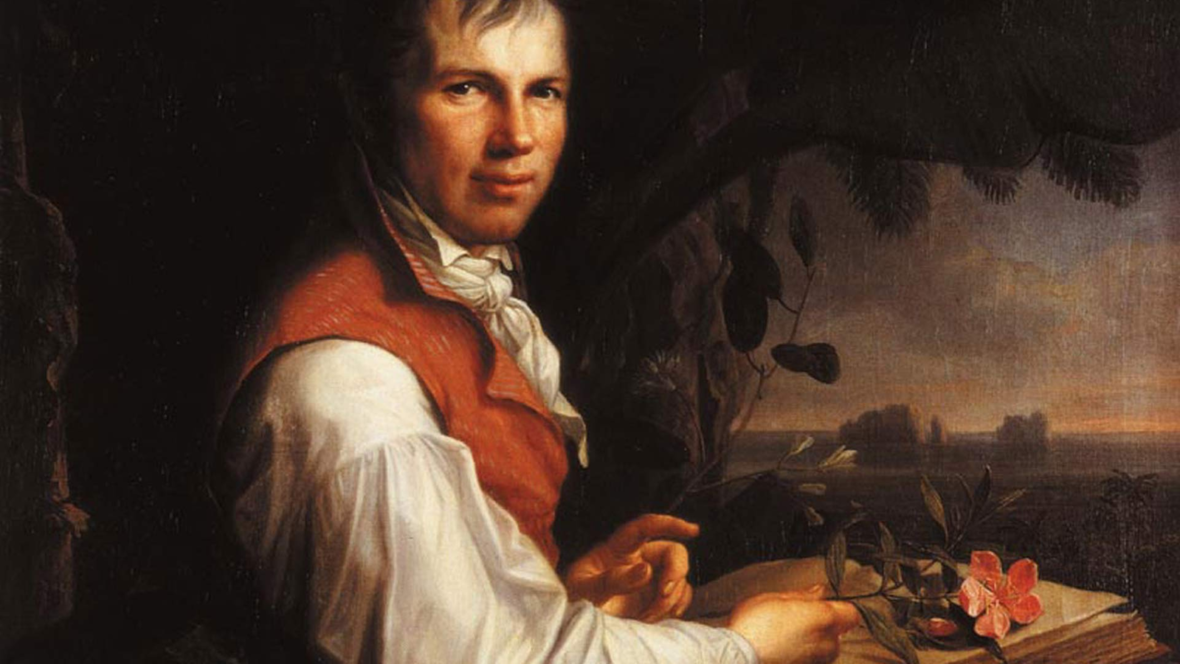
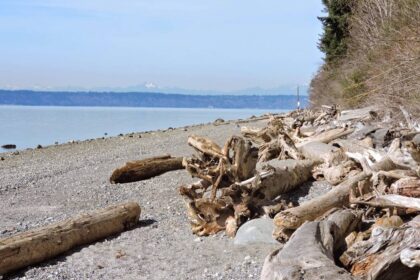


One Comment
Pingback:
August 8, 2018 at 1:26 am